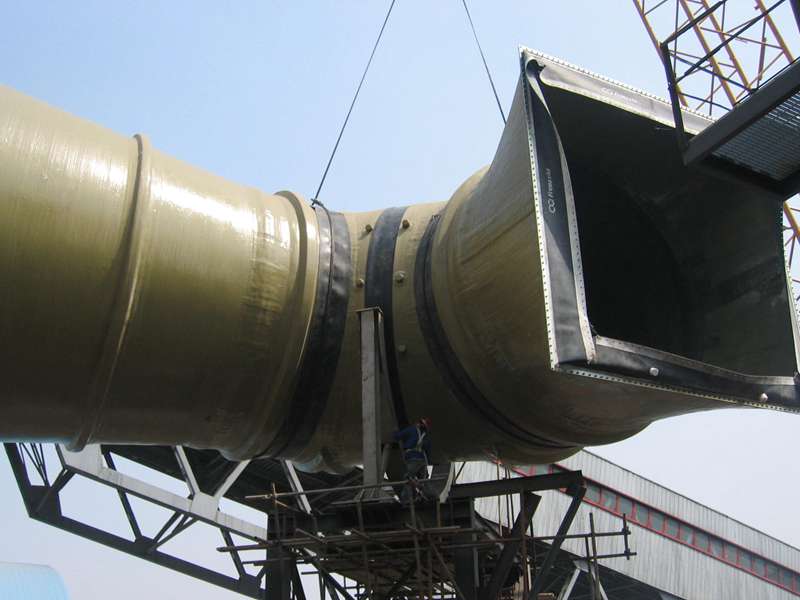
-
 Afrikaans
Afrikaans -
 Albanian
Albanian -
 Amharic
Amharic -
 Arabic
Arabic -
 Armenian
Armenian -
 Azerbaijani
Azerbaijani -
 Basque
Basque -
 Belarusian
Belarusian -
 Bengali
Bengali -
 Bosnian
Bosnian -
 Bulgarian
Bulgarian -
 Catalan
Catalan -
 Cebuano
Cebuano -
 China
China -
 China (Taiwan)
China (Taiwan) -
 Corsican
Corsican -
 Croatian
Croatian -
 Czech
Czech -
 Danish
Danish -
 Dutch
Dutch -
 English
English -
 Esperanto
Esperanto -
 Estonian
Estonian -
 Finnish
Finnish -
 French
French -
 Frisian
Frisian -
 Galician
Galician -
 Georgian
Georgian -
 German
German -
 Greek
Greek -
 Gujarati
Gujarati -
 Haitian Creole
Haitian Creole -
 hausa
hausa -
 hawaiian
hawaiian -
 Hebrew
Hebrew -
 Hindi
Hindi -
 Miao
Miao -
 Hungarian
Hungarian -
 Icelandic
Icelandic -
 igbo
igbo -
 Indonesian
Indonesian -
 irish
irish -
 Italian
Italian -
 Japanese
Japanese -
 Javanese
Javanese -
 Kannada
Kannada -
 kazakh
kazakh -
 Khmer
Khmer -
 Rwandese
Rwandese -
 Korean
Korean -
 Kurdish
Kurdish -
 Kyrgyz
Kyrgyz -
 Lao
Lao -
 Latin
Latin -
 Latvian
Latvian -
 Lithuanian
Lithuanian -
 Luxembourgish
Luxembourgish -
 Macedonian
Macedonian -
 Malgashi
Malgashi -
 Malay
Malay -
 Malayalam
Malayalam -
 Maltese
Maltese -
 Maori
Maori -
 Marathi
Marathi -
 Mongolian
Mongolian -
 Myanmar
Myanmar -
 Nepali
Nepali -
 Norwegian
Norwegian -
 Norwegian
Norwegian -
 Occitan
Occitan -
 Pashto
Pashto -
 Persian
Persian -
 Polish
Polish -
 Portuguese
Portuguese -
 Punjabi
Punjabi -
 Romanian
Romanian -
 Russian
Russian -
 Samoan
Samoan -
 Scottish Gaelic
Scottish Gaelic -
 Serbian
Serbian -
 Sesotho
Sesotho -
 Shona
Shona -
 Sindhi
Sindhi -
 Sinhala
Sinhala -
 Slovak
Slovak -
 Slovenian
Slovenian -
 Somali
Somali -
 Spanish
Spanish -
 Sundanese
Sundanese -
 Swahili
Swahili -
 Swedish
Swedish -
 Tagalog
Tagalog -
 Tajik
Tajik -
 Tamil
Tamil -
 Tatar
Tatar -
 Telugu
Telugu -
 Thai
Thai -
 Turkish
Turkish -
 Turkmen
Turkmen -
 Ukrainian
Ukrainian -
 Urdu
Urdu -
 Uighur
Uighur -
 Uzbek
Uzbek -
 Vietnamese
Vietnamese -
 Welsh
Welsh -
 Bantu
Bantu -
 Yiddish
Yiddish -
 Yoruba
Yoruba -
 Zulu
Zulu
GRP Solutions for Enhancing Thermal and Nuclear Power Efficiency and Performance
Exploring GRP Products for Thermal and Nuclear Power Applications
Glass Reinforced Plastic (GRP), also known as fiberglass, has garnered significant attention in various industrial applications, particularly in the fields of thermal and nuclear power. Its unique properties make it an ideal candidate for several applications in these sectors, where safety, durability, and corrosion resistance are paramount. This article delves into the various GRP products used in thermal and nuclear power generation, emphasizing their benefits and applications.
The thermal power sector relies on various energy sources to produce electricity, including fossil fuels and nuclear energy. GRP has become increasingly prevalent in this field due to its lightweight nature, resistance to corrosion, and excellent mechanical strength. In thermal power plants, GRP is often used for constructing piping systems, storage tanks, and other components that must withstand high temperatures and harsh environmental conditions.
One of the standout attributes of GRP is its resistance to chemical corrosion, which is crucial for equipment in power plants that often come into contact with aggressive substances. For instance, GRP piping can transport water and steam at elevated temperatures without the risk of degradation that metal pipes might face. This durability not only extends the lifespan of the equipment but also reduces maintenance costs, making GRP a cost-effective choice for power generation facilities.
In the realm of nuclear power, safety is always a priority. GRP products are employed in various applications within the nuclear industry due to their non-conductive properties and minimal thermal expansion. For example, GRP is used for encapsulating various components within nuclear reactors, where it can help mitigate the risk of environmental contamination. The lightweight design of GRP products also eases installation and handling, which is particularly important in nuclear facilities where safety protocols are stringent.
grp products for thermal and nuclear power

GRP can also be found in containment structures, tank liners, and as a material for secondary containment systems that are essential for preventing leaks and ensuring environmental safety
. The use of GRP in these applications helps safeguard both the plant and the surrounding environment, enhancing operational integrity in nuclear power generation.Another important aspect of GRP products in thermal and nuclear power is their ability to insulate against thermal energy. This is especially vital in both sectors, where heat management plays a critical role in efficiency and safety. GRP offers exceptional thermal insulation properties, helping maintain optimal operating conditions while minimizing energy loss.
As the global energy landscape evolves and the demand for cleaner energy sources increases, the role of GRP products in thermal and nuclear power is likely to expand even further. The ongoing development of advanced GRP composites, tailored for specific applications, will enhance the performance and reliability of power generation technologies.
In conclusion, Glass Reinforced Plastic (GRP) products are proving to be invaluable assets in the thermal and nuclear power sectors. Their unique combination of strength, corrosion resistance, and lightweight properties make them ideal for a range of applications, from piping systems to safety-critical components. As industries continue to seek more efficient and safer methods of energy generation, the adoption of GRP products will likely accelerate, underscoring their critical role in the future of energy production.
Latest news
-
Exploring the Benefits of Top Hammer Drifter Rods for Enhanced Drilling PerformanceNewsJun.10,2025
-
High-Precision Fiberglass Winding Machine for GRP/FRP Pipe Production – Reliable & Efficient SolutionsNewsJun.10,2025
-
FRP Pipes & Fittings for Shipbuilding - Corrosion-Resistant & LightweightNewsJun.09,2025
-
Premium FRP Flooring Solutions Durable & Slip-ResistantNewsJun.09,2025
-
Premium Fiberglass Rectangular Tanks Durable & Lightweight SolutionNewsJun.09,2025
-
Tapered Drill String Design Guide Durable Performance & UsesNewsJun.09,2025









